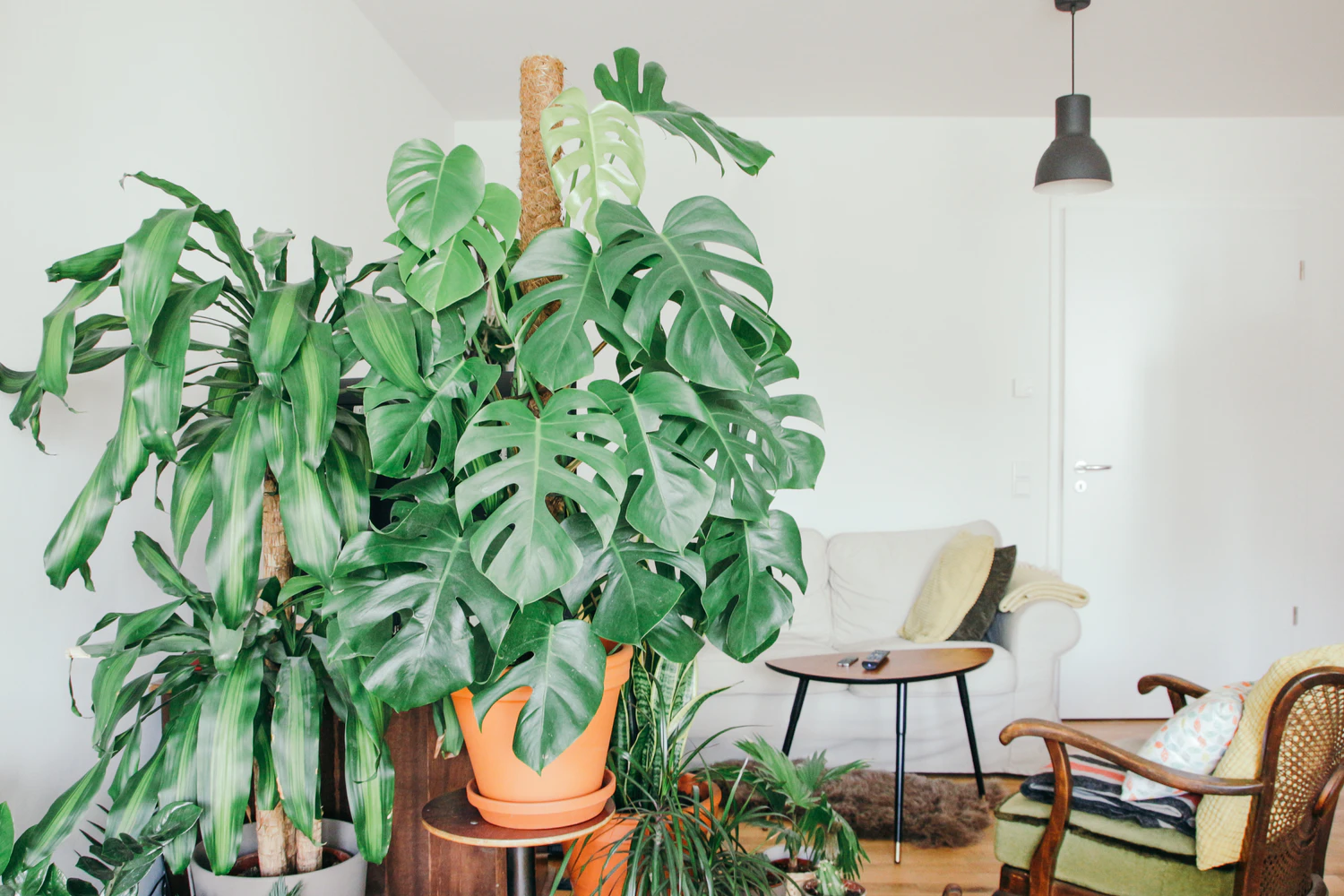Indoor Plants are a great way to enhance the optics of your home and live an overall healthier lifestyle. If you’re bringing plants into your home for the first time, you might be considering starting small as opposed to big, because you think it might be easier. Think again, because this isn’t necessarily true. Sometimes bigger is better… and easier!
Please keep the following points in mind before you make your first purchase. But please don’t be discouraged from bring home a green friend… or friends. If you’re dedicated to helping your plant live a fruitful life, it’ll thrive no matter if it’s big or small.
Bigger Means Older and Wiser
As we’ve already kind of mentioned, larger house plants are a great idea if you are just getting started, as they require far less care than smaller ones. Similarly, to humans, small plans/humans are more needing of care, whereas large plants/older humans require less constant maintenance. Although their size might be perceived as more care… they require much less attention.
Although you may subject to wiping down leaves, or losing real estate to your room space with a large plant, it may be worth it to avoid the constant care that comes with small plants. Small plants are still growing and, like small/young humans, they need constant nurturing to grow into healthy and flourishing adults.
Soil is important.
The soil is an important consideration as the amount and type of soil will affect how often you water it and how often it is likely to dry out.
Generally speaking, the smaller amount of soil your plant has, the faster it will dry out. Plants that have more soil surrounding a well-established root system have a better chance of staying hydrated as the soil can retain the water for longer. They might also be a lot more forgiving if you miss a watering here and there.
The soil is not just for the aesthetic, it’s for the health of your plant, so pack it on.
Establishing your plant.
As your pot plant grows, its roots and shoots will also grow and become more established and anchored into the soil. The larger your plant grows, it will be in a better position to withstand stress and lack of food, nutrients, or water.
Plants lose leaves when placed under stress. Smaller plants of course, start out with a fewer number of leaves. So, a loss of leaves is much more apparent and detrimental than to that of a larger plant. Bigger plants have a much greater energy and nutrient reserve, so even if they are not watered often, they can draw from their nutritional reserve in the soil.
If you would like to build up your confidence as a new plant parent, you might want to consider investing in something a bit larger and more mature than trying out a small plant. This doesn’t mean you should opt to buy a 10” pot Fiddle Leaf Fig plant as opposed to a 2.5” Golden Pothos. The rule of bigger is better is not set-in stone, but instead a helpful guide to live by when starting out.
The price tag might be a bit higher, but you’d likely have a much more confidence in raising the big plant. You’ll also earn your money back by not having to make so many trips to the store to buy new small plants every time you kill another one. Remember that though big plants may be easier in many ways, you should still research the plants individually to see the specific care instructions for each unique plant.
